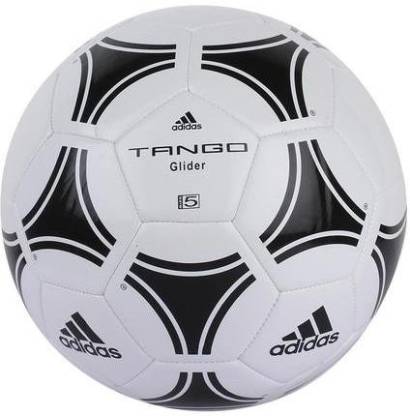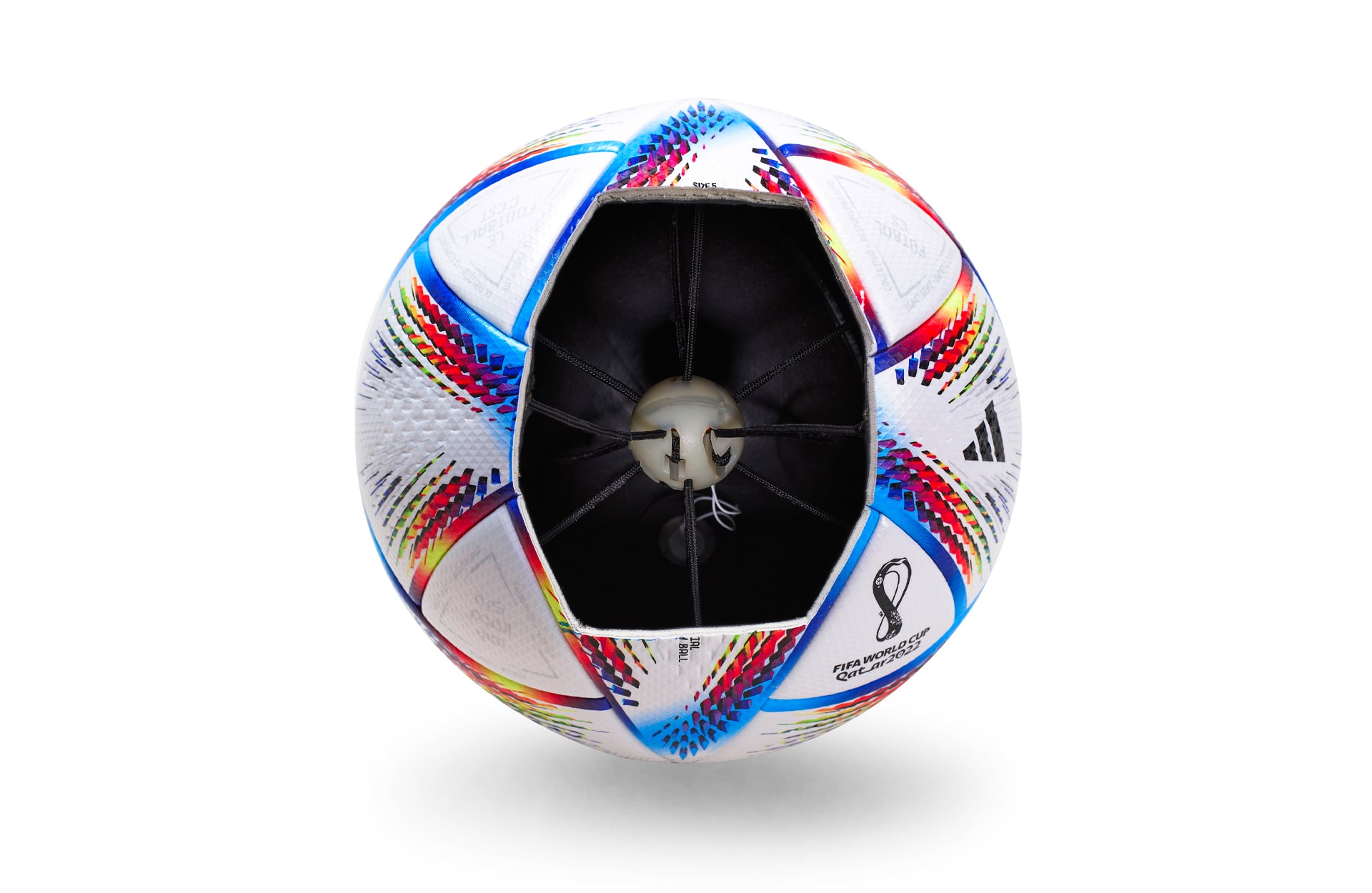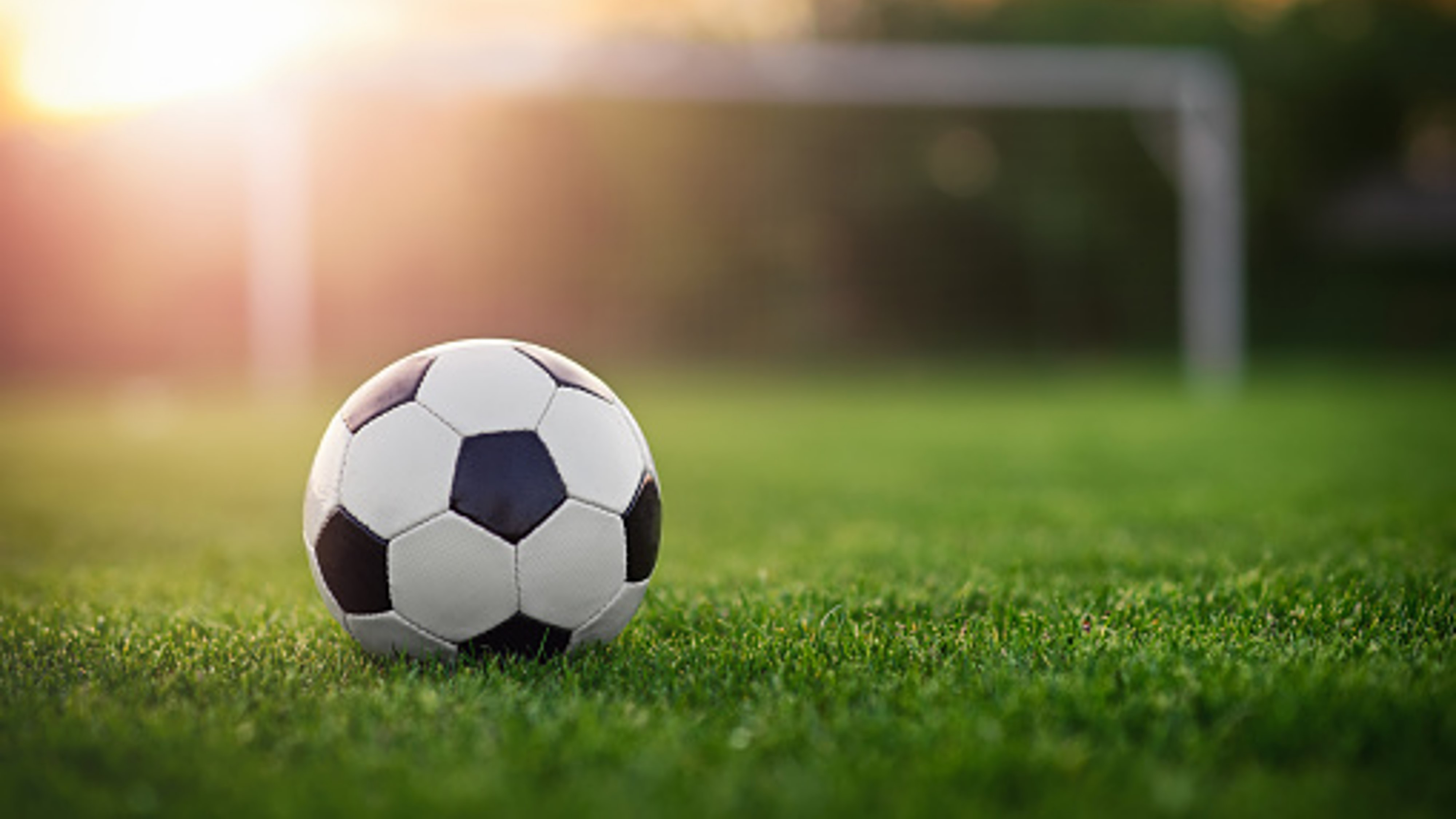A multi-stage history explained as we look at the evolution of the Soccer ball in the game we love the most, Football.
Football has been a lifeline for many people around the world. People love the sport and follow every news update happening in the footballing world. It’s been one of the most watched sports in the world. The glamour, the passion and the money surrounding this sport have been growing with every passing year.
But have you ever wondered what the Soccer ball looked like in the initial days of Football? Well, let’s revisit the basic. Talk about the simplest yet most essential thing in the game, i.e. the evolution of the Soccer Ball. From just being a leather ball to a high-tech and highly researched thing in the sport, the soccer ball has come a long way.
Early days of the soccer ball
There are pieces of evidence dating back to the1800 century when in the medieval period Germans and Romans use to play with inflated pig bladders and skulls wrapped in leather to give them a good shape. During 255 Bc-220 AD, the Chinese used to play a game known as ‘tsu chu’ in which they used to kick animal skin wrapped in leather.
In 1855, Charles Goodyear, the same person after which Goodyear Tyres in named, designed and built the first vulcanized rubber soccer balls. This revolutionized the game and new rules around the shape and size of the ball came into the picture.
In 1872, it was stated “According to the Laws of Football, the ball must be spherical with an outer casing of leather or other approved materials. The circumference should be between 27 to 28 oz. Whereas the weight at the start of the game must between 15 oz to 16 oz.
The soccer balls were then made of cow’s rump and the relatively cheaper balls were made from the shoulder of the animal. In 1931, Romano Polo, Antonio Tossolini, and Juan Valbonesi made a soccer ball without leather lace. They also received a patent for it.
History of Modern Day Football
We can understand the journey of modern-day football by understanding the balls used in various world cups. The biggest sporting event in the world gives the right stage to showcase the new balls and to market them. Surprisingly, In the 1930 WC, there was no official tournament ball.
So, In the final of the tournament, Argentina and host, Uruguay hoped to use their own ball. To settle down the issue, the referee decided to play the first half with Argentina’s ball and the second half with Uruguay’s. When Argentina’s ball was used, the match was in favour of Argentina with the score line of 2-1 but in the second half, it ended with a score of 4-2 when the ball was changed.
Telstar
Adidas became the first sporting giant to start producing official soccer balls. Telstar was used in the 1970 Mexico World Cup which had its iconic 32 black and white panels. The black and white panels were used because the match broadcasting was done in black and white during those times on television. The ball remained in use for many years with slight modifications here and there.
The design of the hexagonal and pentagonal patches is the brainchild of American architect Richard Buckminster Fuller, after which it was named the Buckminster ball concept. The synthetic ball was now taken into use ahead of the leather balls, as the synthetic balls had better control and bounce.

Tango, Azteca, Etrusco, and Questra
A better and improved version of Telstar was introduced by Adidas in further WCs.
There were 20 panels used in the Tango and plastic coating was used to make it waterproof. Also, it was made out of genuine leather.
The Popular design of the Tango was used till 1982, Spain WC. Thankfully, Adidas kept on improving with every version of the ball. Azteca used a polyurethane coating which made it resistant to rain and other inclement weather conditions. Because in 1982, tango was replaced many times during the match due to these issues.
Etrusco had a layer of black polyurethane foam inside which made it much softer and helped it to move faster in the air. It was used in the 1990, Italy World Cup. Questra was the official ball for 1994, US WC and a layer of polystyrene foam outside the ball to improve the quality of the ball. The Black and White scheme of the ball was continued in these balls as well.

Tricolore and Teamgeist
Adidas remained the official soccer ball producer for all these FIFA WCs and they were doing a fantastic job with it. In the 1998 WC, modern-day football got a makeover. A new ball with a different colour pattern than black and white was introduced. The Tricolore had a red, white and blue colour similar to the flag of the host nation, France.
The inner layer of the Tricolore was thickened to provide more accuracy to the ball. Similarly, Teamgeist had also a very less number of panels. Also, the panel’s touchpoints were reduced to make it more compact. This helped the ball to move faster in the air and provide more control. Teamgeist was the official ball for the 2006 World Cup in Germany.

Jabulani
Undoubtedly, the most controversial or let’s say most hated balls in the history of the World Cup. The players kept complaining about the unpredictable movement of the ball. Adidas introduced the ‘grip and groove’ technology in Jabulani for better control and flight. But soon the issue was noted by the players. As the ball used to have an excess spin and dip in the long-range shorts.
Goalkeepers were so annoyed with the movement of the ball as the ball used to dip or swerve at the last second and made it impossible to predict. The Spanish goalkeeping Legend Iker Casillas stated that “It is very sad that a competition so important as the world championship will be played with such a horrible ball.”

Brazuca and Telstar Mechta
It was the redemption time for Adidas, and they did not disappoint at all. They introduced the most loved and widely used Brazuca and the re-engineered vintage love Telstar with the name Telstar Mechta. Meanwhile, Brazuca was the official ball for the 2014 Brazil World Cup. Whereas Telstar was used in the 2018 Russia WC.
Brazuca is one of the most aerodynamic balls used in World Cups with the speed and zip of Jabulani but with better movement in the air. Telstar Mechta had 6 panels, unlike the 32 panels that the predecessor had. But the 3D texture upper layer was well received by all the players as it provided much control and grip over the ball.
Al Rihla and Al Hilm
Now, let’s talk about the most high-tech soccer ball ever used in a World Cup. Al Hilm is the official ball for the Qatar World Cup final. Whereas Al Rihla is the official match ball for the World Cup. Al Rihla means ‘the journey’ in Arabic and the design is inspired by the culture of the host nation. Whereas Al Hilm means ‘the dream’ in Arabic.
Both the balls are absolutely similar in everything except that the Al Hilm has a different colour pattern. Both are said to be very environment-friendly balls. The best part about them is that they are equipped with the ‘Connected Ball’ technology. This includes a motion sensor which sends out data to different systems 500 times per second. This helped officials to make better decisions.
The evolution and research about such a simple Soccer ball is mind-blowing. So, we’ll be witnessing such amazing results in the coming years. From an animal skull used as a ball to a ball sending 500 signals/second, we have already come a long way. It’s lovely to see our loving sport grow from strength to strength all these years.

So, that’s about the evolution of the Soccer ball over the year.
Thanks for reading! What are your views on the evolution of the Soccer ball? Please email your thoughts to footbalyticsofficial@gmail.com
ALSO READ: Exclusive: La Liga 2023 Mid-Season Best Performing Players 11

Himanshu is an author at Footbalytics. He is a sports freak and Football is his first love. He is a National level football player himself. With the world full of Messi’s, Ronaldo’s and Gerrard’s fans, he is a die hard fan of Iker Casillas.
Though he is a Sales Manager by profession, he would never miss playing football with his mates.

